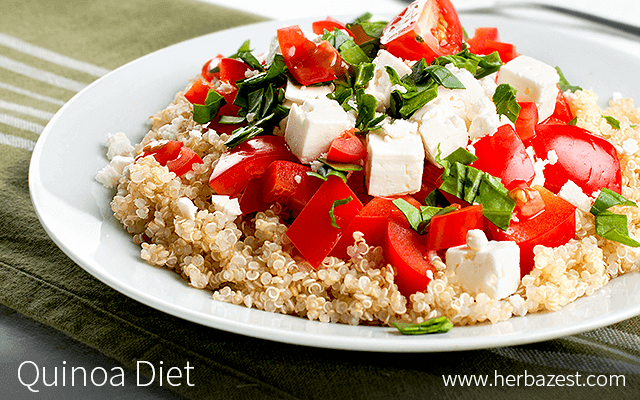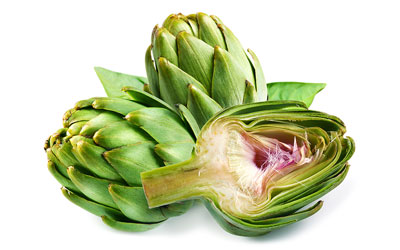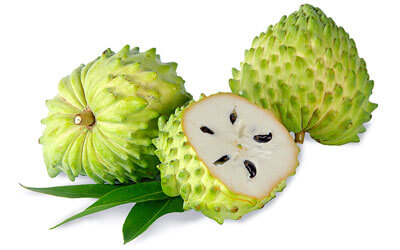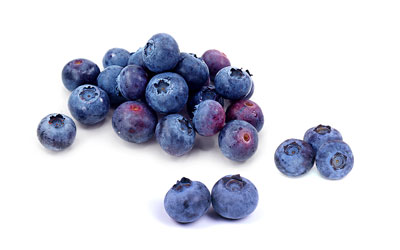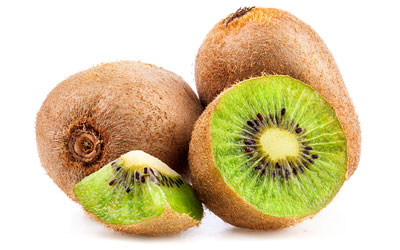While quinoa has a long history of cultivation and consumption in South America, it was only recently that this Andean seed has grown in demand around the world. Today, quinoa is popular addition to many diets due to its unique nutritional value.
Benefits of a Quinoa Diet
There are many benefits of eating quinoa as part of one's healthy diet:
Quinoa is a rich source of dietary fiber, unsaturated fat, and many vitamins and minerals, including folate (vitamin B9), other B vitamins, calcium, and magnesium.
Quinoa's protein content is also decent. One cup (185 g) of cooked quinoa contain approximately 14.12 grams of protein.1 Quinoa's protein's biological value - which refers to the percentage of protein absorbed by the body - is very high (73%), comparable to that of beef (74%), and much higher than that of rice (56%), wheat (49%), and maize (36%), which makes it one of the best quality plant sources of protein.2
Quinoa contains all nine essential amino acids that the body is unable to manufacture on its own. These amino acids are the building blocks of protein. Quinoa is especially high in lysine, which is deficient in many grains, and methionine, which is lacking in most legumes.
Quinoa seeds are gluten-free, therefore, suitable for people with celiac disease and gluten intolerance. It can be used to replace many traditional, gluten-rich grains.
How Much Quinoa Is Good for You?
While quinoa has high levels of nutrients, it should not constitute your daily values of carbohydrates, unsaturated fats, protein, or vitamins and minerals on its own. The average cooked quinoa portion for adults is approximately half a cup. However, the exact quinoa serving size will depend on personal requirements, health conditions, and age.
QUINOA MAKES FOR AN EXCELLENT CHOICE FOR PEOPLE WHO ARE AT RISK OF NOT RECEIVING PROPER NUTRITION, SUCH AS YOUNG CHILDREN AND ELDERLY ADULTS. QUINOA IS ESPECIALLY IMPORTANT IN DEVELOPING AREAS WHERE ANIMAL PROTEIN IS SCARCE.
Because quinoa is a significant source of plant-based protein, following a quinoa diet is especially beneficial for people with specific dietary requirements or restrictions, such as vegans and vegetarians. Quinoa is also an important dietary addition and grain replacement for people who have celiac disease, gluten intolerance, or wheat allergy.
How to Introduce Quinoa into Your Diet
Luckily, there are many quinoa products on the market, making it easy to introduce this pseudocereal into your diet.
Cooked quinoa. When cooked, quinoa is light and fluffy, with a nutty flavor. It can be used to replace rice in many dishes and added to soups, salads, and wraps.
Quinoa flour. Highly versatile and nutritious, quinoa flour can be combined with tapioca, sorghum, and potato starch to make a gluten-free baking mix. It can even replace 20 - 50% of wheat flour in bread and pastries.
Quinoa flakes. Thanks to their soft texture, quinoa flakes can be used to make breakfast cereal, pancakes, waffles, and even added to smoothies.
Quinoa pop. Crunchy and ready-to-eat, popped quinoa can be eaten for breakfast instead of cereal as well as added to smothie bowls and a variety no-bake desserts.
Quinoa benefits, both nutritional and medicinal, can be easily reaped by incorporating it into a balanced meal plan.
Sources
- Australian Government, What is a Serve of Vegetables?
- Food Reviews International, Nutritional Value and Use of the Andean Crops Quinoa (Chenopodium quinoa) and Kañiwa (Chenopodium pallidicaule), 2003
- Journal of Nutrition and Food Sciences, Quinoa (Chenopodium quinoa Willd), from Nutritional Value to Potential Health Benefits: An Integrative Review, 2016
- FAOSTAT, International Year of Quinoa 2013, Nutritional Value | Distribution and Production
- USDA Nutrient Database, Quinoa, uncooked
Footnotes:
- Harvard T.H Chan. (n.d.). Quinoa. Retrieved June 30, 2022 from https://www.hsph.harvard.edu/nutritionsource/food-features/quinoa/
- Journal of Nutrition & Food Sciences. (2016). Quinoa (Chenopodium quinoa Willd), from Nutritional Value to Potential Health Benefits: An Integrative Review. Retrieved June 30, 2022 from https://www.longdom.org/open-access/quinoa-chenopodium-quinoa-willd-from-nutritional-value-to-potential-health-benefits-an-integrative-review-2155-9600-1000497.pdf
